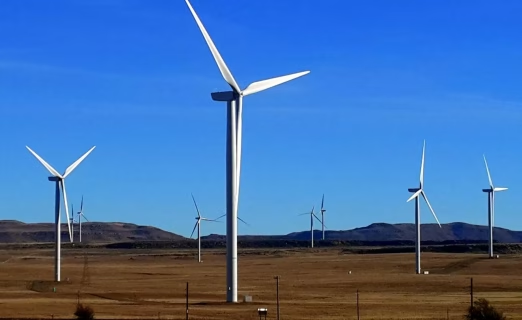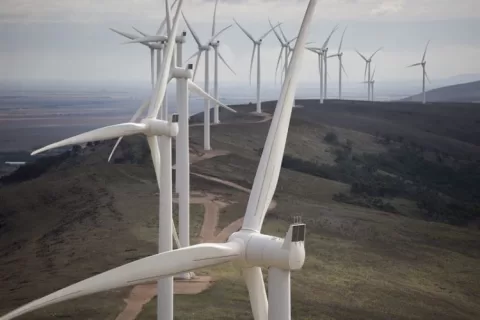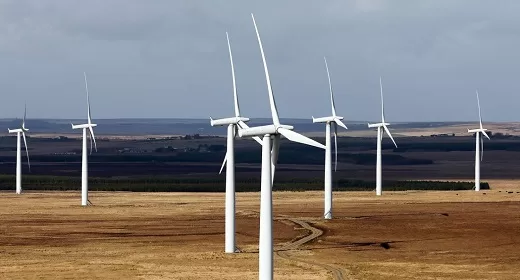Ethiopia reached an agreement with Dubai-based renewable energy developer AMEA Power in advancing the Aysha I wind energy project, the largest wind farm in the Horn of Africa. The project sought to strengthen Ethiopia’s renewable energy capacity while supporting sustainable economic growth and climate change mitigation efforts. Constructed in the Somali region of Ethiopia, the Aysha I wind energy project represents a major milestone in regional clean energy development and reflects growing cooperation between Ethiopia and the United Arab Emirates in the renewable sector. Other than that, it compliments the Aysha II wind energy project that has already commenced with 80 MW online.
The report was issued by the Ethiopian Electric Power Generation Business Unit. The Aysha II wind energy project is expected to generate 120 megawatts complimenting the 300 MW of the Aysha I wind project. Construction, which started in February 2024, saw the installation of 32 turbines, a switchyard, and 30 residential units for staff. Furthermore, the second phase, covering the remaining 16 turbines at a cost of $69 million, is ongoing.

Eight turbines have already been completed and shipped from China, with delivery expected within 45 days. Ethiopian Electric Power financed 15 percent of the project, around 38 million US dollars. On the other hand, the remaining 85 percent was funded by the Export-Import Bank of China.
Commencement of the Project
The letter-of-award was signed by Ahmed Shide, Ethiopia’s finance minister, and AMEA Power in Dubai during the COP28 climate change summit. Minister of Finance of Ethiopia, Ahmed Shide, Minister of State for Foreign Affairs of the UAE, Sheikh Shakhboot Bin Nahyan Al Nahyan and other senior government officials from Ethiopia and UAE attended the signing ceremony

Moreover, the 300MW Aysha Wind Power Project, which is expected to cost $620m, will be financed, built and operated by AMEA on the basis of a 25-year power purchase agreement with state-owned utility Ethiopian Electric Power.
Size and Capacity of the Aysha-1 Wind Energy Project
AMEA said the 18,000ha project is expected to generate 1,400GWh a year, powering some 4 million households and cutting carbon emissions by 690,000 tonnes.
During the construction and operation phases, the project is expected to create more than 1,500 direct jobs.
Speaking at the signing ceremony, Shide said the project would be “a cornerstone of Ethiopia’s energy policy”.
He said: “This project is not just about generating power, it’s about energising our future through sustainable green development.”
He said the project would catalyse community development, enhance industrial productivity and stimulate technological advances.
Location of the Aysha-1 Wind Energy Project
The scheme will be built in northeast Ethiopia’s Somali province
Hussain Al Nowais, the chair of AMEA, added that Aysha was a milestone for his company.

Additionally, he said the choice of Somali province, which Addis Ababa has earmarked to become a future logistics and industrial hub, would enhance its role in Ethiopia’s industrial development.
Ethiopia’s Electricity Potential
Endowed with a variety of renewable energy sources, Ethiopia has a potential of generating more than 60,000 MW of electricity. Effective utilization of available renewable energy sources would help the country to realize its vision of becoming a renewable energy hub of excellence in East Africa beyond supporting its economic development.
, Moreover, in this regard, the decision of the government to conclude Aysha-1 wind project power purchase and implementation agreement signals its strong political commitment to build a climate-resilient green economy promoting the 2030 Agenda for sustainable development.
Lastly, in addressing the emerging energy demand resulting from an expanding economy and rising population, the government of Ethiopia is making significant efforts in generating renewable energy from diversified energy sources.
120MW BitCluster Ethiopian Data Center to be Constructed in Addis Ababa

